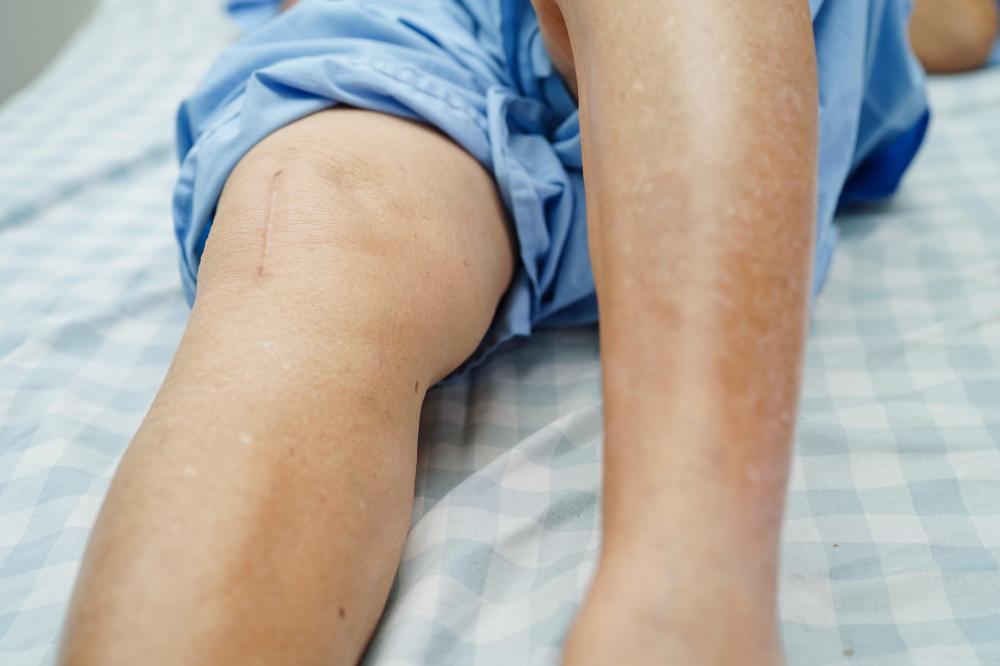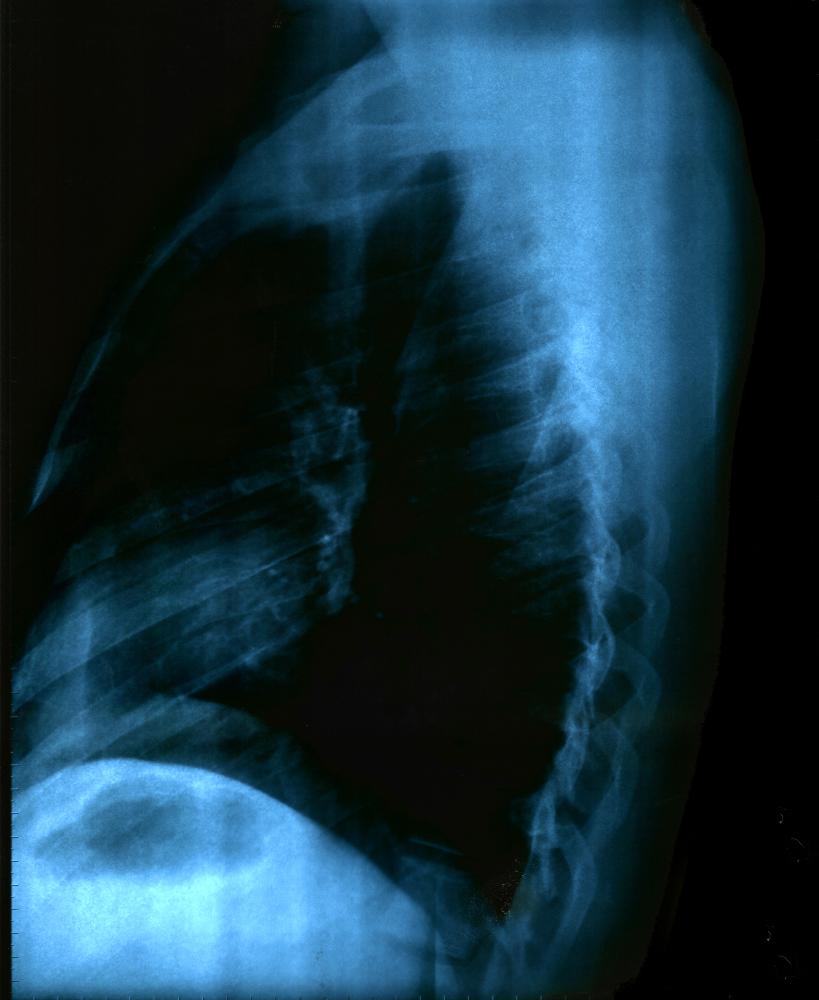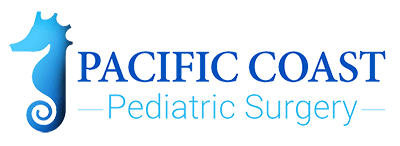Table of Contents
Understanding Hirschsprung Disease

As a concerned parent and the leading pediatric surgeon at Pacific Coast Pediatric Surgery, I have witnessed the challenges that Hirschsprung Disease presents in our youngest patients. This congenital condition, affecting the intestinal nerves, often leaves families anxious as they seek effective Hirschsprung Disease Pediatric Surgical Treatment options.
Often diagnosed shortly after birth, the absence of nerve cells in parts of the intestines causes difficulty in bowel movements, leading to symptoms such as a swollen belly and vomiting. As a father, seeing these little ones suffer tugs at my heartstrings, reinforcing my commitment to providing relief and a path to normalcy through surgical intervention.
Diagnosis Before Treatment
The journey to treating Hirschsprung Disease begins with accurate diagnosis, often involving a biopsy or contrast enema to pinpoint the absence of nerve cells. Employing these techniques, we gain a clearer understanding of the disease’s extent–a critical step in formulating an individualized treatment plan for our pediatric patients.
My approach is rooted in my own experiences with a child’s illness in the family, driving a compassionate perspective that translates into thorough diagnostic efforts. It’s not just about technical acumen; it’s about providing reassurance and clarity to families taking the first, often daunting, step towards treatment.
The Surgical Approach
At Pacific Coast Pediatric Surgery, Hirschsprung Disease Pediatric Surgical Treatment is refined to the patient’s unique needs. The definitive surgical technique, known as pull-through surgery, involves removing the affected section of the intestine and reconnecting the healthy parts.
Understanding that each child’s case is distinct, I recall a particularly challenging scenario where a holistic, staged surgical procedure was necessary to ensure the patient’s safety and optimize outcomes. This intricacy of care is what sets our practice apart; every step is deliberate and patient-centric.
When necessary, a temporary ostomy may precede the final pull-through surgery. This method is not one-size-fits-all; it’s a carefully calculated decision, tailored to the individual circumstances of the young patient under my watchful care.
Postoperative Care
Post-surgery, our youngest warriors may face challenges such as constipation or incontinence. Here, our role transcends surgical execution; we enter a partnership with parents to navigate the recovery landscape, recommending dietary adjustments or medications where beneficial.
My team, familiar with the nervousness that comes with feeding tubes or managing stomas, provides unwavering support. This extends into aftercare–where our doors and hearts remain open to ongoing concerns or complications which we meet with quick, informed responses.

Yet, amidst these technicalities, it’s the human connection that stands out. A gentle touch, a comforting explanation, or sharing a hopeful anecdote–these become invaluable in the healing process. As we guide our little ones back to health, the gratitude and trust reflected in their parents’ eyes reinforce the nobility of our mission at Pacific Coast Pediatric Surgery.
Beyond the Operating Room
My dedication to Hirschsprung Disease Pediatric Surgical Treatment is not confined to the operating room. It’s about the ongoing research, the community outreach, and the genuine connections that I forge with each family. From the initial consultation to the final follow-up, I am deeply invested in the well-being and future of my patients.
Personal insights gained from surgical missions with Mending Kids have further shaped my philosophy. Witnessing the disparities in pediatric care globally, I’ve brought back more than just experiences; I’ve harnessed those lessons to enhance our practice, ensuring all children receive the pinnacle of surgical care, regardless of their background.
Education and advocacy play pivotal roles as well. Sharing knowledge with medical students and peers alike, I am committed to advancing the field of pediatric surgery, all the while maintaining that critical human touch that defines the patient experience at our practice.
Looking at the smiles we’ve restored and the lives we’ve changed, I am reminded of the importance of our work. As we continue to pioneer Hirschsprung Disease Pediatric Surgical Treatment, it’s the resilience of the human spirit, both in our patients and within our team, that truly defines success.
Understanding Hirschsprung Disease
At Pacific Coast Pediatric Surgery, we confront Hirschsprung Disease with a depth of knowledge and a parent’s sensitivity. Known medically as a congenital condition, it affects the large intestine and disrupts normal bowel movements. It’s a situation no family should face alone, and as a leading pediatric surgeon, I’ve devoted myself to not just performing surgeries but to comprehending the intricacies of each Hirschsprung Disease Pediatric Procedure.
For those unfamiliar, this disease prevents the muscles in parts of the intestines from pushing stool towards the anus because nerve cells are missing from the intestinal muscles. The condition is usually diagnosed in newborns or early childhood, and as a father myself, I’ve seen first-hand the concern in parents’ eyes when their child is afflicted with such ailments. Contact us with your questoons about Pectus Excavatum Los Angeles.
Since every child’s condition is unique, our approach is to tailor a Hirschsprung Disease Pediatric Procedure specifically to each little patient. These intricate surgeries require a precise touch and an understanding of not just the medical condition, but of the child’s overall health and well-being.
Surgical Options for Treatment
At our practice, we stay abreast of the latest advancements in surgical procedures for Hirschsprung Disease Pediatric Procedure. The pull-through procedure is the most common surgical intervention we undertake. This involves removing the diseased portion of the intestine and joining the healthy part to the anus, ensuring a path for normal bowel function.
An ostomy may sometimes precede the pull-through procedure, especially in severe cases. This entails creating a new way for waste to leave the body temporarily until the child is stabilized and ready for the following surgery. My team and I explain every step to parents, not just to educate but to offer peace of mind as we journey through treatment together.
In special circumstances, the pull-through Hirschsprung Disease Pediatric Procedure might be employed immediately, especially in milder forms of the disease. We utilize minimally invasive techniques whenever possible, reducing recovery time and physical stress for our young patients.
Patients undergoing these surgical treatments are in caring hands. Our team is not only skilled technically but also compassionate, understanding that we’re treating a child, not just a medical condition. As we navigate through the operative process, our priority is always the safety and quick recovery of the child.
Postoperative Care and Complications
After a Hirschsprung Disease Pediatric Procedure, the Pacific Coast Pediatric Surgery team ensures comprehensive postoperative care. We monitor for complications such as infections or enterocolitis, an inflammation that can be dangerous and requires prompt attention. Our proactive approach aims to address and manage these risks quickly, prioritizing our little patient’s recovery and return to normal life.
As with any pediatric surgery, there’s a potential for postoperative challenges. Constipation or incontinence might persist, but we’re equipped with strategies to manage these issues effectively. We partner with families, offering dietary guidance and therapies that can alleviate symptoms and improve bowel function.
Our commitment doesn’t end when the surgery is over. We follow up diligently, tracking growth, development, and overall quality of life because we’re invested in the long-term well-being of our patients. In cases where children need further medical assistance, our lines are always open, ensuring that no question or concern goes unanswered.
It’s crucial for patients and parents to remember that while Hirschsprung Disease Pediatric Procedure is complex, it’s a journey we embark on together. Our expertise and empathetic care are at the heart of what we do, and it’s this blend that allows us to offer not just treatments, but hope for our patients and their families.
Understanding Hirschsprung Disease Pediatric Treatment
At Pacific Coast Pediatric Surgery, we take Hirschsprung Disease Pediatric Treatment as seriously as you do. Led by the esteemed Dr. Philip K. Frykman, our team is dedicated to the precise diagnosis and the most advanced surgical interventions required to treat this condition. We often see parents seeking clarity on the symptoms and solutions for Hirschsprung Disease, a congenital disorder that affects newborns and toddlers, causing difficulties in bowel movements due to missing nerve cells in the muscles of the colon.
Our approach to Hirschsprung Disease Pediatric Treatment begins with sophisticated diagnostic methods such as biopsies and manometry. These procedures allow us to understand the extent of the disease and tailor the treatment accordingly. In cases where surgery is necessary, we employ minimally invasive techniques, including pull-through surgery, which can provide relief and a pathway to normalcy for the affected children.
In instances where children are critically ill, a staged approach may be advised, starting with ostomy surgery to ensure healing and stability before proceeding to subsequent operations. We at Pacific Coast Pediatric Surgery empathize with the emotional toll this can take on families, and as a father, Dr. Frykman brings not just his surgical excellence but also a deep-seated understanding of the parental experience to each case.
Post-operative Care and Long-term Outlook
Following the surgical intervention for Hirschsprung Disease Pediatric Treatment, our commitment to your child’s health continues unabated. We understand the journey to recovery involves more than just the success of the surgery. Complications like constipation or incontinence are potential post-operative concerns, and we stand ready to address them with comprehensive care plans. It’s not just about the treatment; it’s about ensuring a quality of life post-recovery.
Key to recovery is our post-operative support that includes nutritional guidance, activity recommendations, and appropriate use of medications. Dr. Frykman’s personal experiences lend a special sensitivity to these protocols. We encourage a diet rich in fiber, adequate hydration, and physical activity, aiming for the best functional outcomes. Our specialized team is always available to discuss modifications or offer solutions that ease this transition for your child and the family.
Our close follow-up ensures that any signs of enterocolitis, a significant concern after Hirschsprung surgeries, are promptly managed. We’re not just treating a condition; we’re nurturing a young life back to health. It is our privilege to support your family through this challenging time with compassion and expert care.
Embracing Innovative Practices in Treating Hirschsprung Disease
At Pacific Coast Pediatric Surgery, Hirschsprung Disease Pediatric Treatment is not just about traditional methods. We are at the forefront of integrating new findings into our surgical practices. Dr. Frykman’s international work has broadened our perspective, allowing us to bring world-class techniques to your child’s doorstep. We constantly refine our approaches based on the latest global research to ensure your child benefits from the most effective treatment plans.
In some cases, we may consider alternative therapies and methods that better suit the individual needs of our young patients. This might include less commonly discussed options that, despite being less traditional, have shown promise. Our priority is always the well-being and long-term health of our patients, and we’re committed to exploring all avenues that can lead to improved outcomes.
Surgery is a major event in any child’s life, and we are diligent in ensuring that our little patients and their families are equipped with all the necessary information and support. From the first consultation through to the follow-up care, our team imbues each interaction with warmth and assurance, reflecting our belief that the heart of healing is not just in the surgeon’s hands, but also in the compassionate connection we build with each family.
At Pacific Coast Pediatric Surgery, we are honored to be entrusted with your child’s care. The Hirschsprung Disease Pediatric Treatment pathway can be complex, but rest assured, we are with you at every step, offering a combination of expertise, innovation, and heartfelt concern for your child’s swift and safe recovery.

What type of surgery is done for Hirschsprung’s disease?
For Hirschsprung’s disease, the standard treatment is a procedure known as the pull-through surgery. It’s a process where we delicately remove the affected part of the colon that lacks the necessary nerve cells and then connect the healthy portion directly to the anus. This approach effectively restores normal bowel function in the majority of cases. At Pacific Coast Pediatric Surgery, we deeply understand the nuances of this surgery and perform it with the utmost precision, tailored to each child’s specific needs.
What is the prognosis for surgically treated Hirschsprung patients?
The prognosis for children with Hirschsprung’s disease following surgery is generally very positive. While the journey to full health may involve managing postoperative challenges like constipation or incontinence, most patients can look forward to normal bowel function. Our comprehensive follow-up care ensures we’re attentive to each child’s recovery, and we often witness them thriving post-surgery. Their resilience is remarkable, and with a tailored diet and lifestyle adjustments, they can lead full and active lives.
How is Hirschsprung’s disease treated in infants?
In infants, Hirschsprung’s disease is treated with a sense of urgency and compassion. The delicate nature of their condition requires a careful and precise surgical approach. We may opt for a staged surgery, starting with an ostomy to relieve obstruction and safeguard the infant’s health before proceeding to the pull-through procedure when they’re stable. Our commitment to these young lives is unwavering, as we gently guide them and their families through the healing process.
What is the surgery for constipation in children?
When it comes to treating chronic constipation in children that doesn’t respond to standard therapies, surgery may be considered. One such surgical option is the antegrade continence enema (ACE) procedure, often utilized when constipation is due to underlying conditions like anorectal malformations or Hirschsprung’s disease. This procedure creates a stoma as a new route for administering an enema, enabling easier bowel clearing. At Pacific Coast Pediatric Surgery, we consider this and other surgical options only after a thorough evaluation and attempt at less invasive treatments.
Are there alternative therapies available for children with Hirschsprung’s disease?
While surgery remains the cornerstone of treatment for Hirschsprung’s disease, we continuously seek to complement surgical care with holistic approaches when appropriate. For instance, advances in biofeedback techniques and pelvic floor therapy offer non-surgical options that may benefit some children postoperatively. Our team stays abreast of these innovations, integrating them into personalized care plans that support the child’s overall well-being and recovery.
Resources on Hirschsprung Disease
- Centers for Disease Control and Prevention (CDC): Learn about the basics of Hirschsprung disease, including symptoms, causes, and treatments from a trusted government source. CDC Hirschsprung Disease Information
- National Institutes of Health (NIH) – Genetic and Rare Diseases Information Center: GARD provides a comprehensive overview of Hirschsprung disease intended for patients and caregivers. NIH GARD on Hirschsprung Disease
- MedlinePlus: A resource with detailed medical information on Hirschsprung disease, including diagnosis, treatment options, and clinical trials. MedlinePlus on Hirschsprung Disease
- American Academy of Pediatrics (AAP): The AAP provides guidelines and articles on pediatric health, including surgical care for congenital conditions like Hirschsprung disease. AAP Publication on Hirschsprung Disease
- Cincinnati Children’s Hospital Medical Center: This top-ranked pediatric hospital offers extensive patient education resources on Hirschsprung disease and its treatment. Cincinnati Children’s Information on Hirschsprung Disease
- Johns Hopkins Medicine: Renowned for their pediatric care, Johns Hopkins Medicine provides information on the symptoms, diagnosis, and treatment of Hirschsprung disease. Johns Hopkins Medicine Hirschsprung Disease Page
- Stanford Children’s Health: Stanford’s dedicated pediatric website provides detailed information on Hirschsprung disease, including an overview of the condition and surgical treatment options. Stanford Children’s Health on Hirschsprung Disease
- The Hirschsprung’s & Motility Disorders Support Network (HMDSN): A non-profit organization that offers support and resources for families affected by motility disorders, including Hirschsprung disease. HMDSN Support Network
- Boston Children’s Hospital: The hospital’s website provides a comprehensive look at Hirschsprung disease, including its management and treatment. Boston Children’s Hospital Hirschsprung Disease Overview

